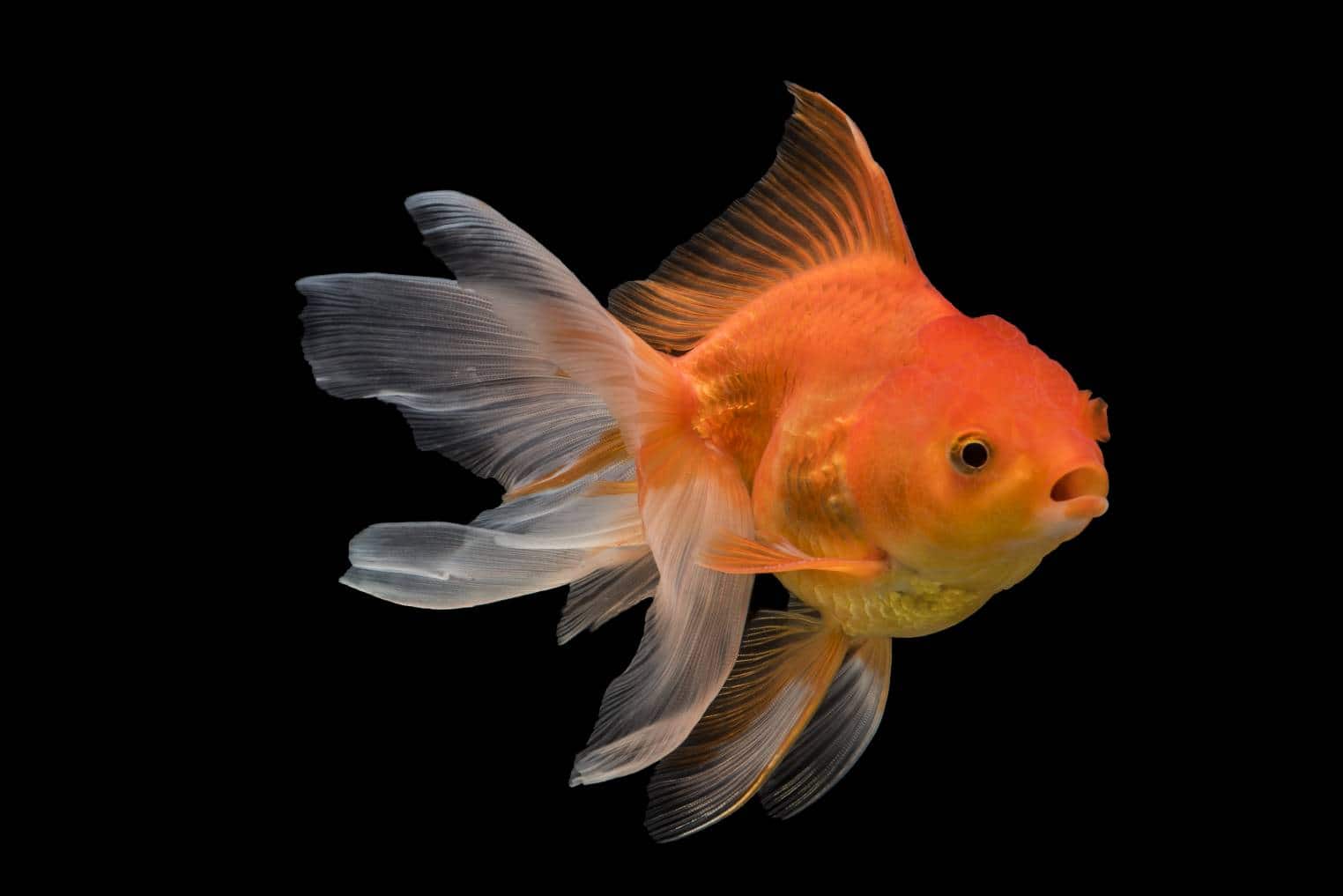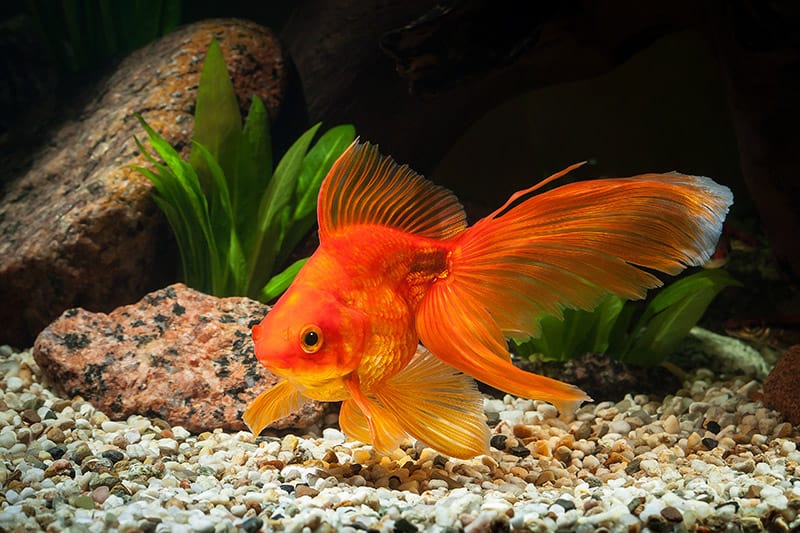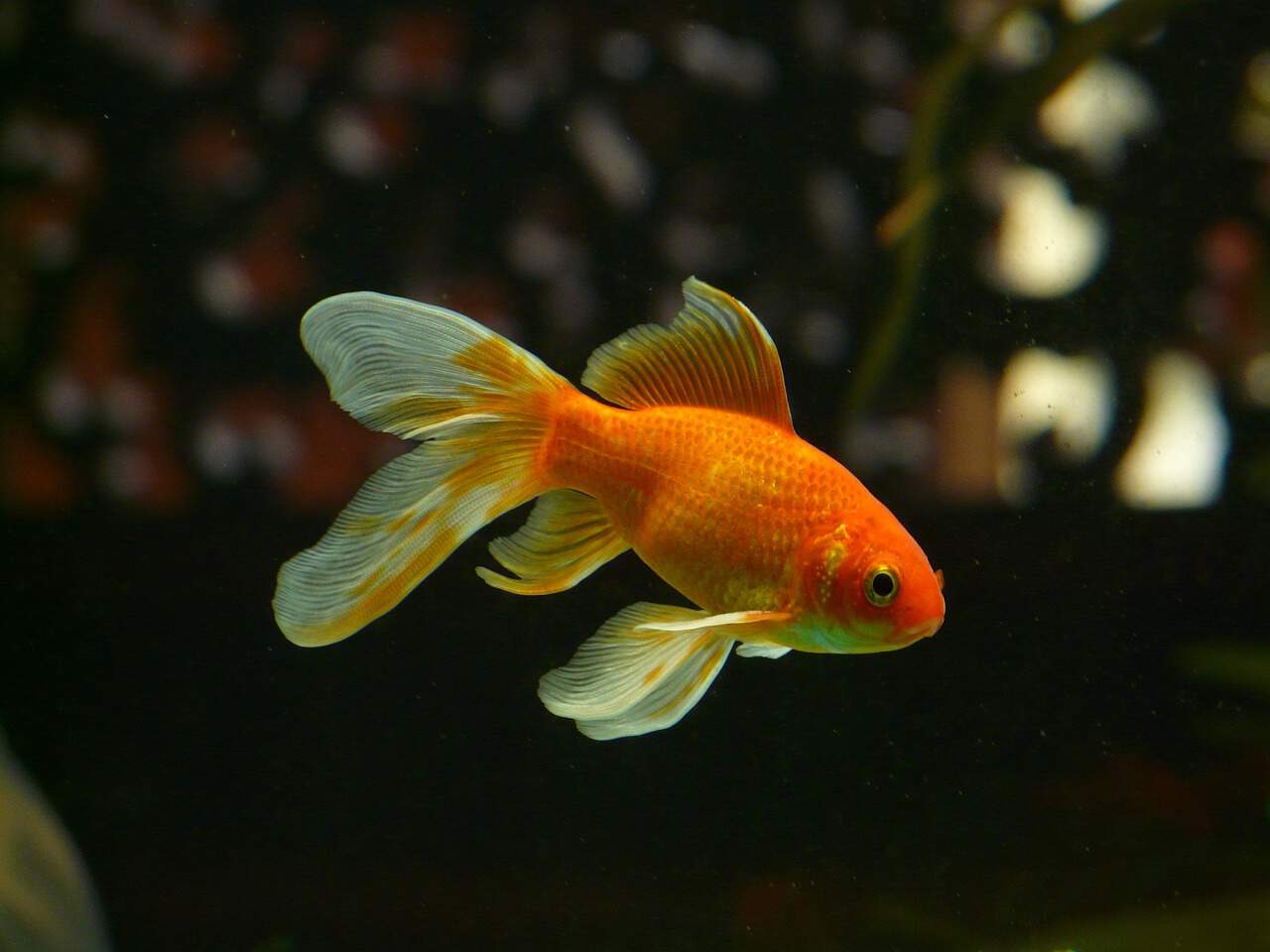When it comes to pets for the classroom, a goldfish might seem a bit boring to some. But goldfish actually make wonderful class pets. They are inexpensive, simple to care for, aren’t messy, don’t make distracting noises and will not cause allergic reactions in students.
When most people think of goldfish, they think of a small – to medium-sized golden orange fish. But goldfish actually come in a variety of shapes and sizes. They have been selectively bred in China for hundreds of years, and in the United States since the 1800s. This has resulted in lots of beautiful varieties in practically every color of the rainbow. While most goldfish are small enough to fit in a bowl or small tank, some have been known to grow over a foot long!

Children enjoy watching and feeding goldfish, and they can be quite educational. You can show the students how fish use their gills and mouths to breathe underwater and point out other aspects of fish anatomy. You can let them move their fingers around the glass and watch how the fish reacts. You can also use the class fish to start a discussion about cold-blooded animals and how they are different from warm-blooded animals.
Goldfish do just fine by themselves, but they are docile enough to be kept in pairs and groups if desired. However, if you plan to house them in an aquarium with other species, make sure that the other species are as friendly. Some fish will fight with or even eat other fish, and that’s probably not a lesson you want to teach in your classroom!
Caring for a class goldfish is quite simple. It may be kept in a bowl, but will be healthier and happier in a small tank with a filtration system. Snails may be kept in the tank to help keep it clean. The fish should be fed daily, with care taken not to overfeed. Automatic fish feeders may be used over the weekend. One-third of the water should be changed each week, and water conditioner is recommended.

While they generally make great pets for the classroom, goldfish do come with some disadvantages. One of the most important is that they tend to have a short lifespan. If the class fish dies in the middle of the year, you’ll have to deal with lots of disappointed and grieving students. However, since goldfish are so inexpensive, they can easily be replaced. It can also be tempting for students to place their hands or other objects in the water, which can be bad for the fish. It may be wise to keep the fish out of reach when it is not being used for a lesson.
A goldfish is an unobtrusive pet that provides lots of learning opportunities. As long as you have the time to keep the tank clean, it should make a wonderful addition to your classroom.
Featured Image Credit: Hans, Pixabay
